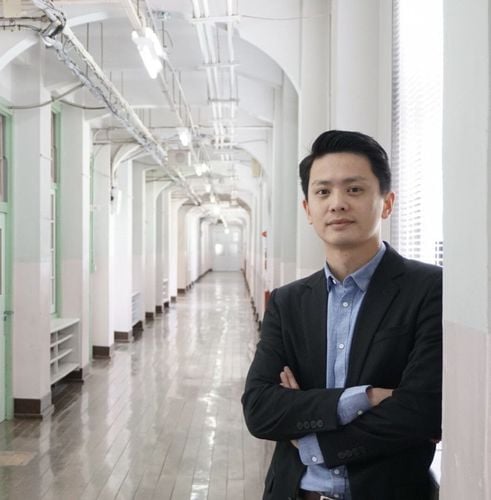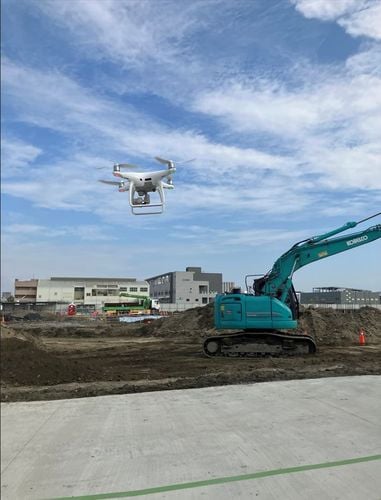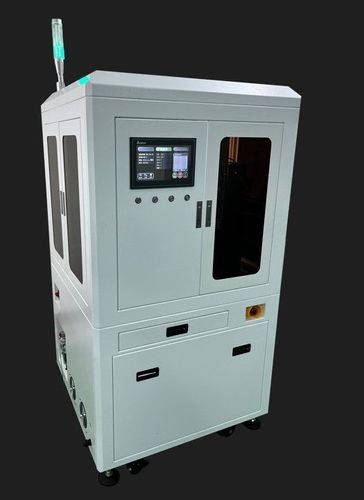【2021 Solutions】 Action Bagel makes AI as simple and efficient as Excel to improve data analysis capabilities
What is AutoML (automated machine learning) and how is it different from ML (traditional data analysis)? It needs further clarification first.
Traditional machine learning must go through data cleaning, data pre-processing, feature engineering, feature selection, algorithm selection, model establishment, model training, parameter adjustment, and then evaluation results to produce model applications. During the process, if there is a problem with the parameters, the algorithm must be re-selected, the model must be re-established, etc., and the process must be repeated hundreds of times. If new information becomes available, all steps must be repeated. Through automated machine learning, the output process of model application only needs to go through the automation of four major steps: data cleaning, feature engineering, data modeling and model evaluation to achieve model application. Even if new data needs to be collected, it can be achieved through Automated machine learning is achieved, saving time and effort.

▲Comparison between ML and AutoML Source: Action Bagel Co., Ltd.
AutoML is a program that can automate the time-consuming and repetitive work in machine learning model development. This allows small and medium-sized enterprises that relatively lack AI talents to create their own customized machine learning models. In recent years, major international companies have rushed into this market, including Cloud AutoML released by Google in 2018, and AutoPilot launched by cloud computing leader AWS in 2019. AutoML has become a standard feature of mainstream learning services, from web-based interfaces to free Program development and workflow visual management, etc., service development is becoming more and more diversified.
MoBagel is a professional team composed of top data scientists, engineers, and product project managers. The team members come from prestigious universities around the world, including Stanford, Berkeley, Oxford, and National Taiwan University in the United States. They also have experience in Selected to participate in Silicon Valley's well-known accelerator 500 Startup, selected to participate in Japan's SoftBank Innovation Program, and also won a name in Nokia's Open Innovation Challenge.
Mobile Bagel Decanter AI platform shortens the analysis project from two months to two days
Mobile specializes in data science and machine learning technology. In 2016, it developed the automated machine learning analysis tool Decanter AI. So far, it has helped more than 100 companies introduce AI into important decisions, and the analysis project has been shortened from two months to Two days. The fields served include retail, telecommunications, manufacturing, finance and other industries.
Lin Yushen, deputy general manager of Action Bagel Co., Ltd., said that Decanter AI makes AI as simple and efficient as Excel, which can improve enterprise data analysis productivity. Users do not need to have in-depth professional knowledge and experience. Through a simple super-operating interface, they can perform automated machine learning for data analysis and prediction.
There are three simple steps to use Decanter AI: Step 1. Organize the data into csv format; Step 2. Upload to DecanterAI to set prediction goals; Step 3. Decanter AI automatically models and obtains prediction results. The deployment method can be in the public cloud or in the private cloud of the enterprise. After the internal data is uploaded, it can be modeled and used.

▲DecanterAI uses three steps, simple and convenient
The advantage of AutoML is that it can automatically train a large number of models, adjust parameters, produce the best model, and quickly deploy and import it. After the new coronavirus (COVID-19) epidemic, all walks of life are facing new market changes and must Transform digitally with fast and convenient digital tools.
In recent years, Action Bagel has continued to promote the optimization of the DecanterAI platform and establish industrial data modeling and analysis capabilities, and has produced substantial results. For example, Chunghwa Telecom uses its platform to conduct blind tests on code-carrying customers and perform data analysis to effectively reduce user churn rates and improve customer retention rates. As a leading domestic food manufacturer, due to the expiration date of drinks and the production and sales of the cold chain, it must be fully integrated to reduce inventory and loss problems. After importing the DecanterAI platform, in addition to accurately predicting market demand, it can also accurately predict market demand based on expiration date data. Analyzing production and distribution quantities can also help reduce warehousing and logistics costs.
AutoML industry has diverse and extensive applications and great potential for future development
Action Bagel believes that AutoML has a wide range of industrial applications, including employee turnover prediction, production demand prediction and revenue performance prediction that are troubled by the manufacturing industry; store passenger flow prediction, product replenishment prediction, membership prediction in the smart retail industry Promotional forecasting; customer churn forecasting and potential customer list forecasting in the telecommunications industry; accurate financial marketing, credit card fraud detection and insurance application quick review in the financial industry; and even real estate price forecasting, power outage disaster forecasting, etc. are all helpful. To solve the operating difficulties of the industry and create new business models.

▲AutoML has diverse industrial applications, covering manufacturing, retail, finance and other industries. Source: Action Bagel Co., Ltd.
How much time and preparation does it take to import AutoML? Lin Yushen said that in actual practice, the introduction process of automated machine learning enterprises includes four major stages:
1. Preparation period: Collaborate with enterprises to discuss business pain points, help define analysis propositions, and provide professional data science advice and optimal solutions, lasting about two weeks.
2. Verification period: Use a small-scale pilot project to quickly verify the analysis results to ensure proposition setting, data quality, analysis process, prediction technology, etc., as the basis for subsequent practical application and amplification. It takes three weeks.
3. Introduction period: Support cloud or local product deployment according to enterprise needs. Provide operation and maintenance teaching, Help Center, data analysis consulting, corporate training courses and other product introduction services, which will take more than one month.
4. Application period: Analysis/data teams can execute various AI projects through the product's common interface and implement them quickly. The prediction engine can be connected through the API to develop application modules according to practical scenarios. This is the final stage of application and is time-consuming and can take up to several months.
However, Action Bagel conducts a system integration project process with its SI partners. The SI partners discuss business propositions and provide data sets, and then conduct data health checks and Baseline models. Based on this, Action Bagel provides data diagnosis reports. After confirming the pilot project proposition and producing a demand planning document, the project execution phase begins, with model establishment, optimization and analysis reports provided. System integration with SI industry players, on the one hand, optimizes module development, and on the other hand, uses APIs to connect data sources and output prediction results, import them into the enterprise's field, and effectively solve the propositions faced by enterprises in digital transformation.
Looking forward to the future, Decanter AI platform will continue to develop various AI innovative application services, and cooperate with the upstream, midstream and downstream industries such as enterprise resource planning (ERP), customer relationship management (CRM), business analysis (BI) and e-commerce platforms ( EC) and other partners maximize the benefits of the ecosystem through co-creation, sharing and altruism.
(This article is derived from the selected content of "AI Engineering Online Small Gathering")
「Translated content is generated by ChatGPT and is for reference only. Translation date:2024-05-19」


